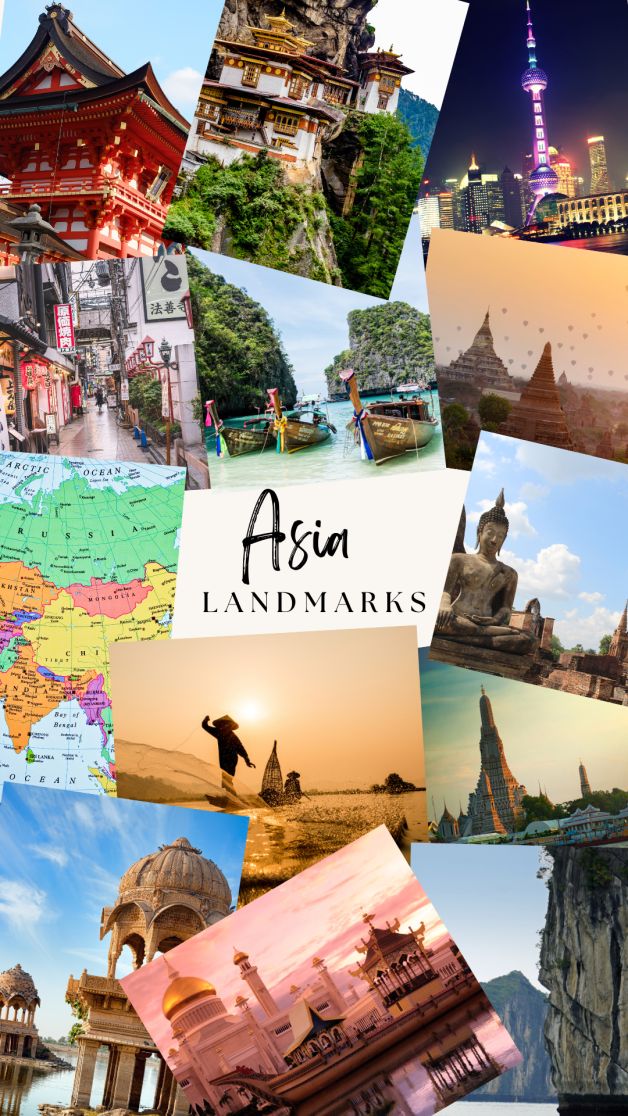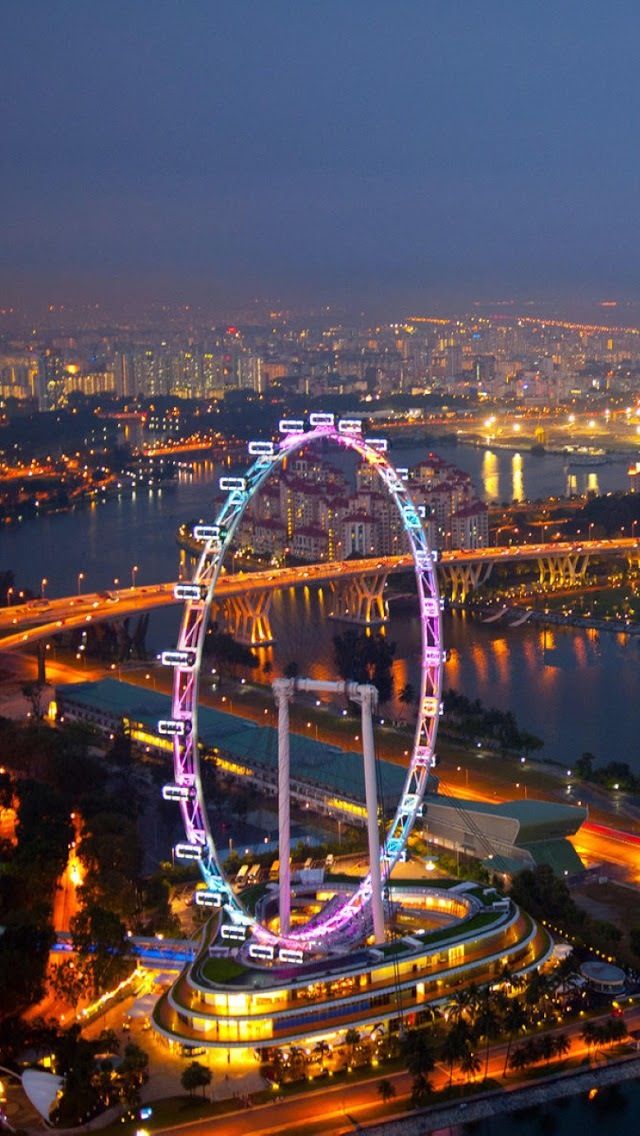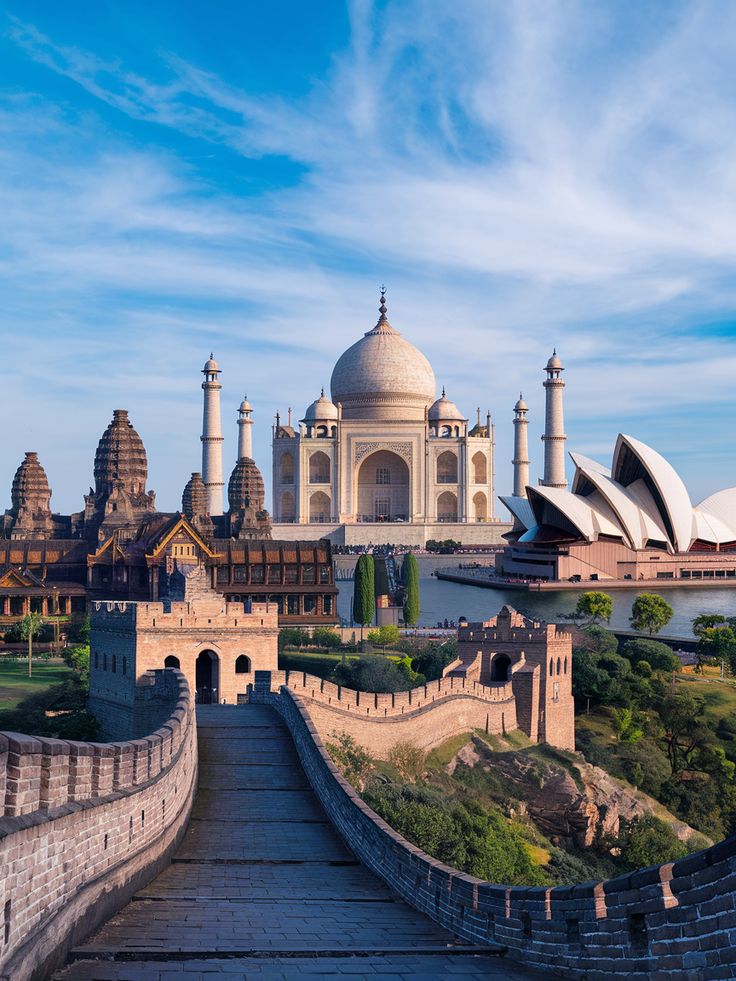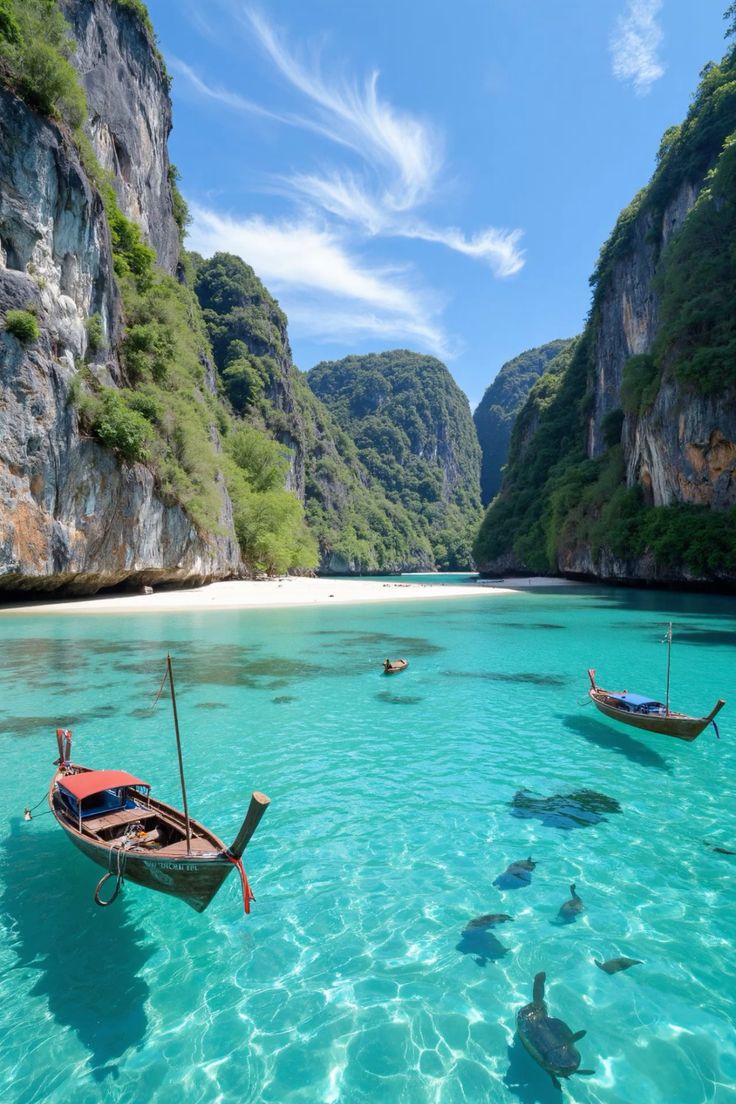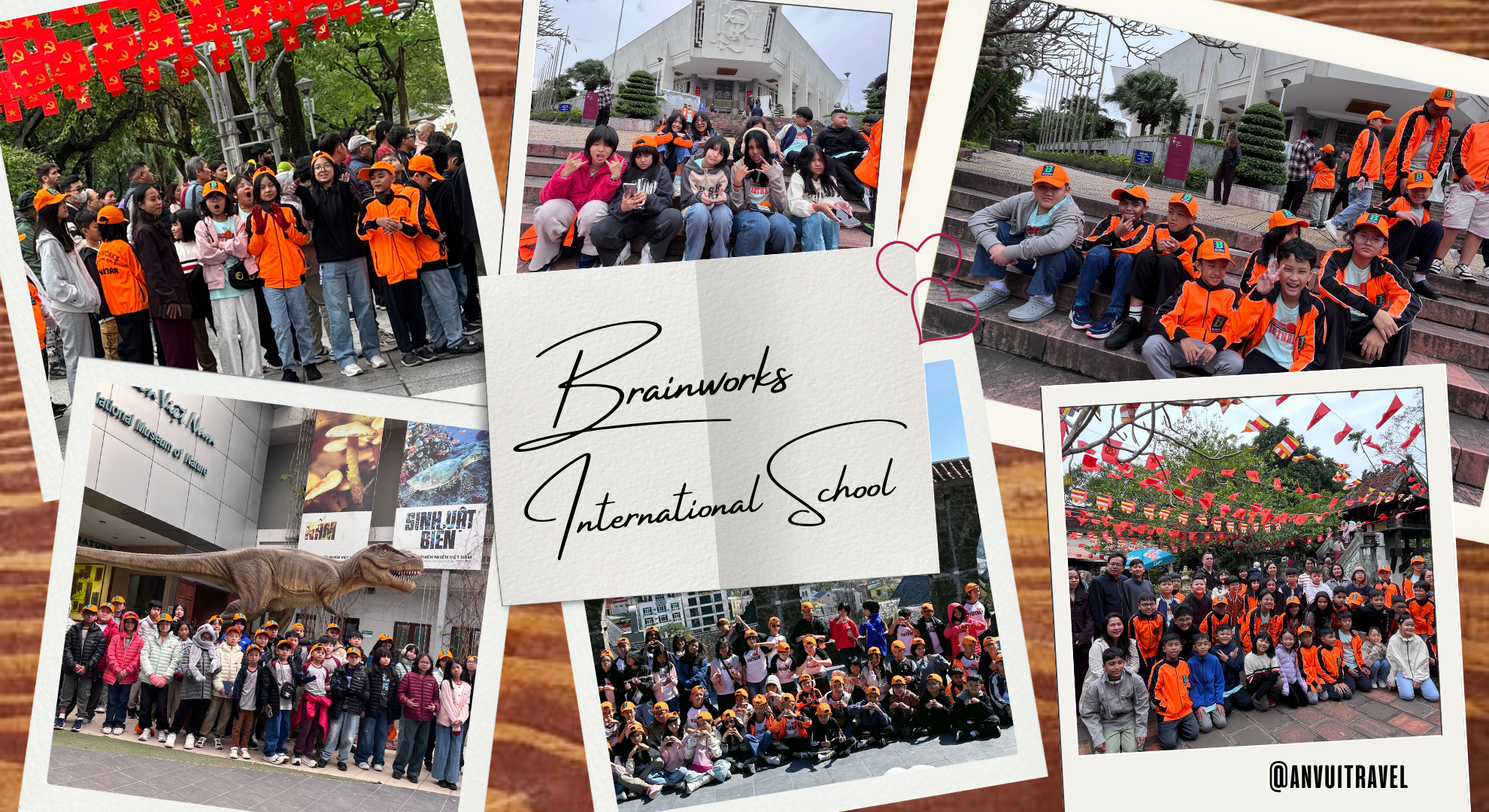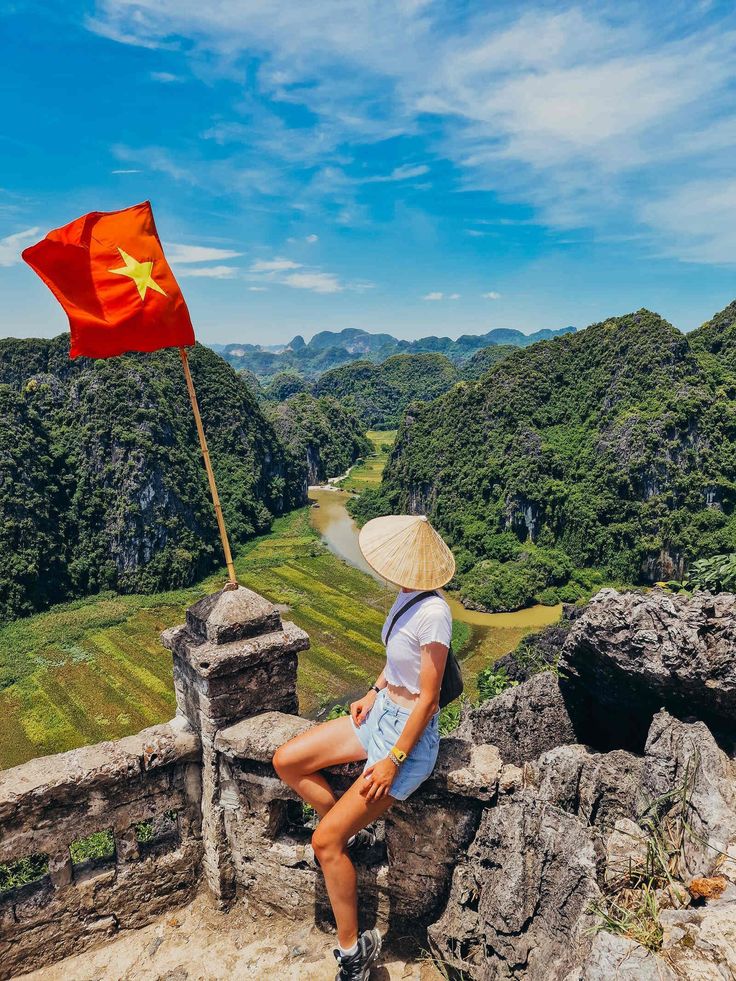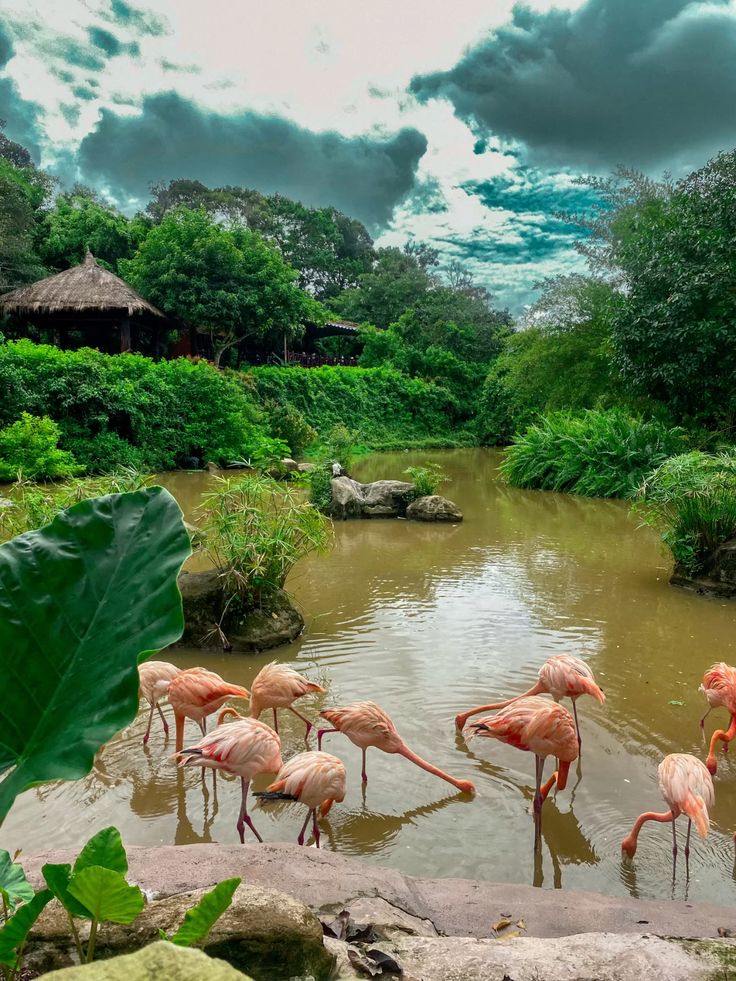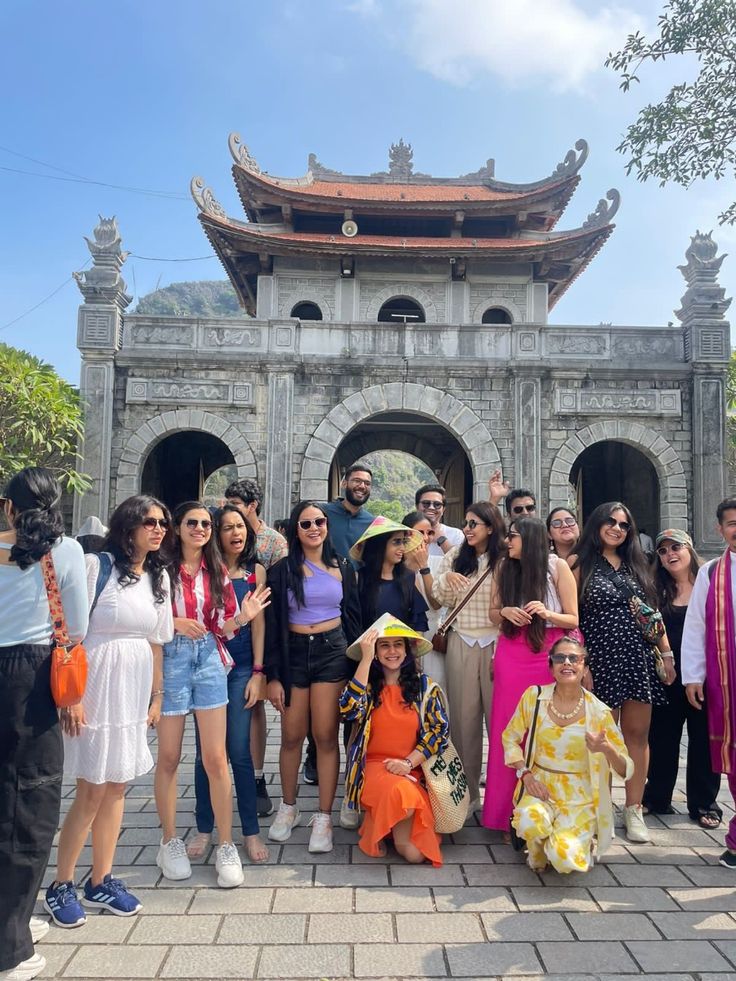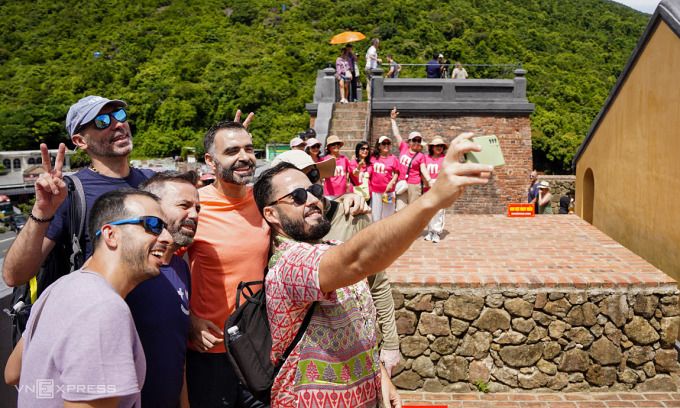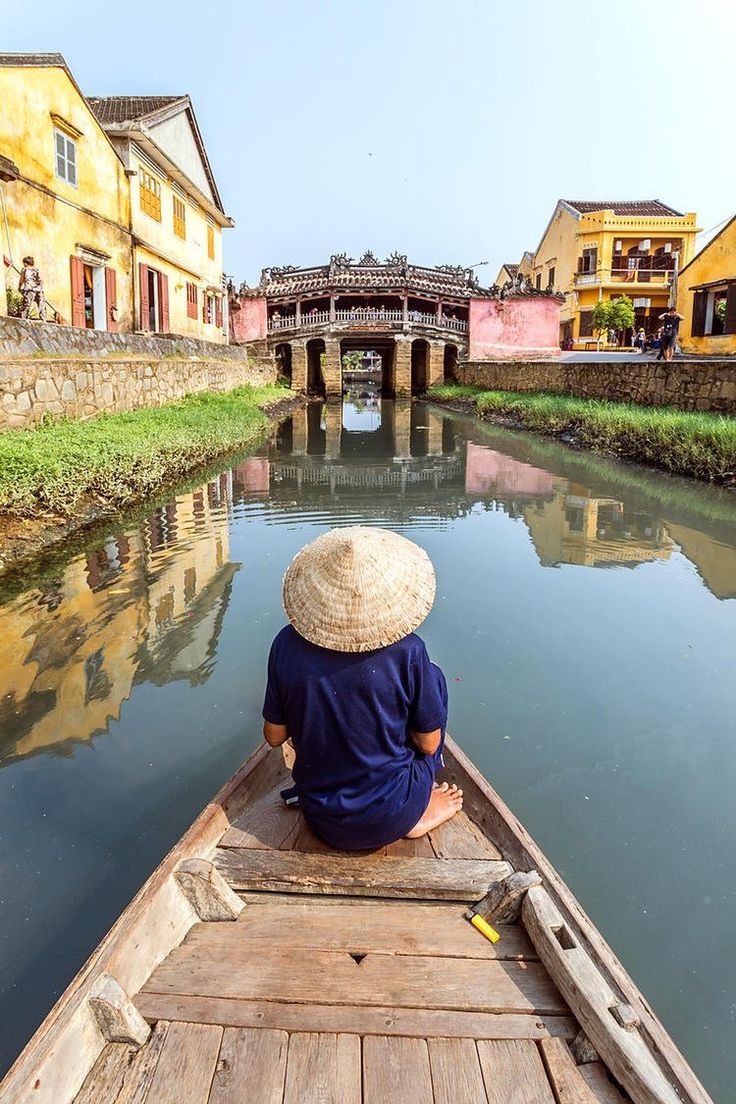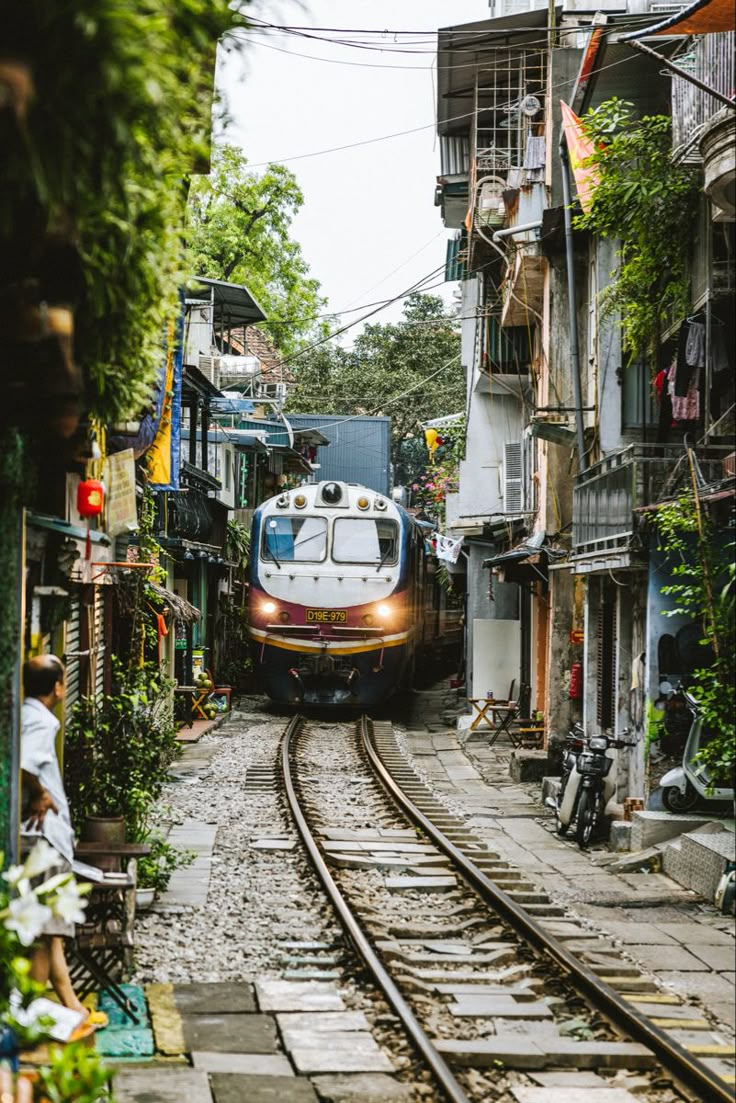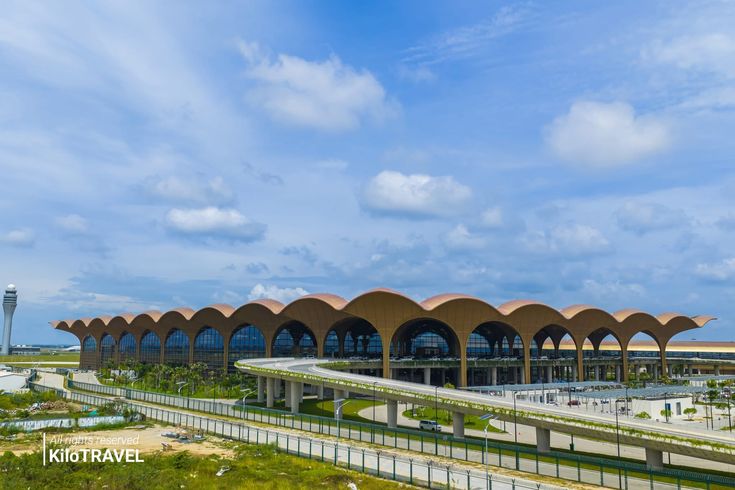Across Asia-Pacific, the travel sector is roaring back to life in 2025. From corporate travel to leisure, the region is seeing dynamic recovery, with demand patterns shifting in ways that create fresh opportunities for B2B collaboration.
According to TTG Asia, corporate travel and MICE (Meetings, Incentives, Conferences, and Exhibitions) are rebounding strongly, especially in markets like Singapore, Thailand, and Vietnam. Multi-country leisure itineraries are also regaining popularity, with travelers once again seeking extended journeys that combine multiple destinations.
Digital booking tools and AI-driven personalization are transforming the B2B landscape, making it easier to design flexible itineraries that meet evolving traveler expectations. Meanwhile, sustainability remains a dominant theme, with companies prioritizing low-carbon solutions and green certifications when selecting partners.
For AnVui and its partners, this recovery signals fertile ground for collaboration. Vietnam and Indochina can be positioned as top destinations for corporate groups, incentive travel, and sustainable tourism experiences. Opportunities exist to design packages that emphasize cultural depth, eco-tourism, and premium hospitality — elements increasingly in demand across Asia-Pacific.
Industry reports suggest that Asia-Pacific will surpass pre-pandemic tourism spending levels by 2026. Operators who establish partnerships now will be well-placed to capture this growth. The appetite for both leisure and business travel is climbing sharply, and early movers can secure long-term contracts with corporate clients and tour operators.
The Asia-Pacific travel outlook is optimistic, with recovery shaping into long-term growth. Indochina has the chance to shine as a unified, competitive region that offers both cultural richness and modern travel infrastructure.
👉 Now is the moment to position Indochina products in the global market and capture the wave of recovery.
👉 Read original news here: TTG Asia

